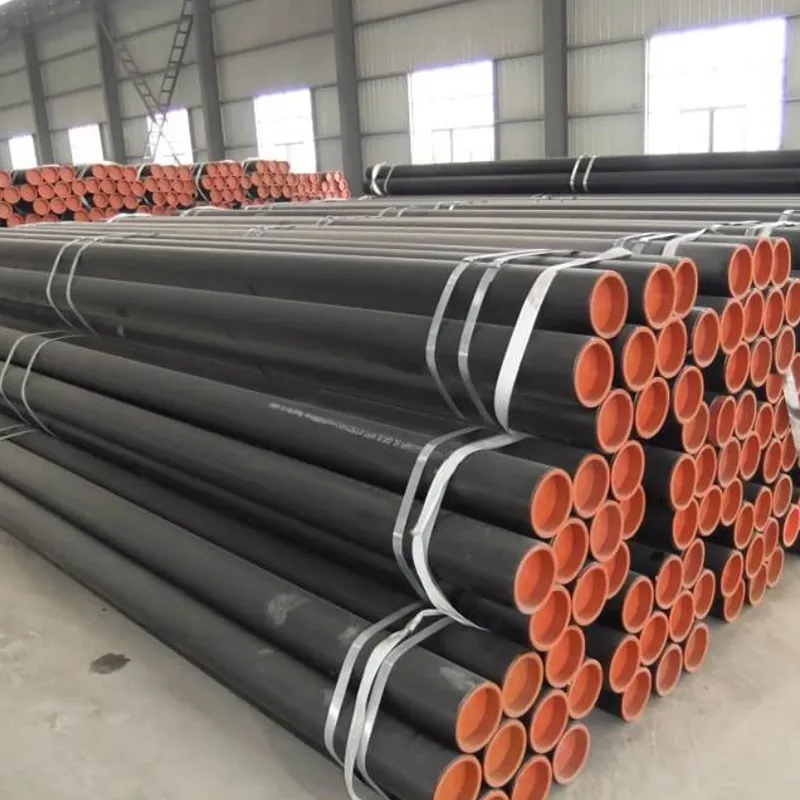-
Cangzhou Yulong Steel Co., Ltd.
-
Phone:
+86 13303177267 -
Email:
admin@ylsteelfittings.com
- English
- Arabic
- Italian
- Spanish
- Portuguese
- German
- kazakh
- Persian
- Greek
- French
- Russian
- Polish
- Thai
- Indonesian
- Vietnamese
- Zulu
- Korean
- Uzbek
- Hindi
- Serbian
- Malay
- Ukrainian
- Gujarati
- Haitian Creole
- hausa
- hawaiian
- Hebrew
- Miao
- Hungarian
- Icelandic
- igbo
- irish
- Japanese
- Javanese
- Kannada
- Khmer
- Rwandese
- Afrikaans
- Albanian
- Amharic
- Armenian
- Azerbaijani
- Basque
- Belarusian
- Bengali
- Bosnian
- Bulgarian
- Catalan
- Cebuano
- China
- China (Taiwan)
- Corsican
- Croatian
- Czech
- Danish
- Esperanto
- Estonian
- Finnish
- Frisian
- Galician
- Georgian
- Kurdish
- Kyrgyz
- Lao
- Latin
- Latvian
- Lithuanian
- Luxembourgish
- Macedonian
- Malgashi
- Malayalam
- Maltese
- Maori
- Marathi
- Mongolian
- Myanmar
- Nepali
- Norwegian
- Norwegian
- Occitan
- Pashto
- Dutch
- Punjabi
- Romanian
- Samoan
- Scottish Gaelic
- Sesotho
- Shona
- Sindhi
- Sinhala
- Slovak
- Slovenian
- Somali
- Sundanese
- Swahili
- Swedish
- Tagalog
- Tajik
- Tamil
- Tatar
- Telugu
- Turkish
- Turkmen
- Urdu
- Uighur
- Welsh
- Bantu
- Yiddish
- Yoruba

Sep . 08, 2024 12:20 Back to list
Flange Slip On ANSI B16.5 – Comprehensive Guide
Understanding Flange Slip-On ANSI B16.5
Flanges are critical components in piping systems, primarily used to connect pipes, valves, pumps, and other equipment. Among the various flange types available, the slip-on flange is one of the most commonly used. This article delves into the specifics of flange slip-on ANSI B16.5, exploring its design, applications, and advantages.
What is ANSI B16.5?
ANSI B16.5 is the American National Standards Institute specification that governs the dimensions, design, and testing of pipe flanges and flanged fittings. This standard specifies the requirements for various flange types, including weld necks, slip-ons, threaded flanges, and more, and covers sizes ranging from 1/2 inch to 24 inches in nominal pipe size. The slip-on flange, falling under this standard, is designed to slide over the pipe before being welded into place.
Design and Construction
The slip-on flange design allows for easy alignment and is favored for its simplicity. Typically, it features a flat or raised face that enables a tight seal when connected to a corresponding flange. The flange is manufactured from various materials, including carbon steel, stainless steel, and alloy steel, ensuring durability and strength under various conditions.
When selecting a slip-on flange, it is essential to consider factors such as pressure rating, temperature, and the media that will flow through the piping system. ANSI B16.5 dictates the pressure-temperature ratings to ensure safe and reliable operation within specified limits. The flange can accommodate pressures ranging from Class 150 to Class 2500, depending on its size and material.
Applications
flange slip on ansi b16 5

Slip-on flanges are widely used in industrial applications due to their ease of installation and versatility. They are often found in water processing plants, oil refineries, chemical plants, and power generation facilities. Their design allows for quick installation, making them suitable for applications where time and efficiency are critical.
Another advantage of slip-on flanges is that they can be used in systems where the pipes may be misaligned; the flange’s ability to slide on the pipe allows for some degree of adjustment. However, it is crucial to ensure that the proper welding technique is used to secure the flange to the pipe, which often involves a weld around the flange's circumference.
Advantages of Slip-On Flanges
1. Cost-Effective Compared to other flange types, slip-on flanges tend to be more affordable because they require less machining for assembly.
2. Ease of Installation The straightforward design allows for quick and easy installation, saving both time and labor costs.
3. Versatile Design They can be used with various types of piping materials and systems, making them a flexible choice for engineers and contractors.
4. Reusability In some cases, slip-on flanges can be reused if the piping system is modified or expanded, making them a sustainable choice.
In conclusion, flange slip-on ANSI B16.5 is a reliable and versatile connection method in piping systems. With their myriad advantages, from cost-effectiveness to ease of installation, they remain a preferred choice in many industrial applications. Understanding their specifications, applications, and benefits is crucial for engineers, designers, and operators in optimizing piping design and ensuring system integrity.
Latest news
-
ANSI 150P SS304 SO FLANGE
NewsFeb.14,2025
-
ASTM A333GR6 STEEL PIPE
NewsJan.20,2025
-
ANSI B16.5 WELDING NECK FLANGE
NewsJan.15,2026
-
ANSI B16.5 SLIP-ON FLANGE
NewsApr.19,2024
-
SABS 1123 FLANGE
NewsJan.15,2025
-
DIN86044 PLATE FLANGE
NewsApr.19,2024
-
DIN2527 BLIND FLANGE
NewsApr.12,2024
-
JIS B2311 Butt-Welding Fittings LR/SR 45°/90° /180°Seamless/Weld
NewsApr.23,2024











